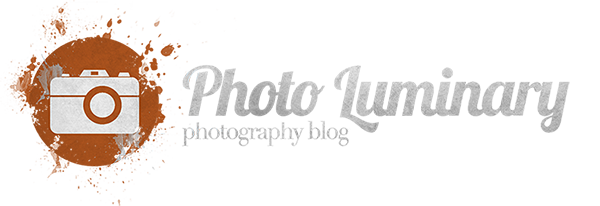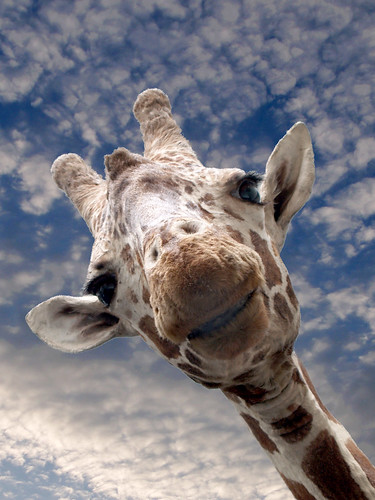Digital Photography and Microstock – Sell Photos
Digital photography has made it possible for amateur photographers to take professional quality photos. With the advent of microstock, this means that scores of people who would have never progressed beyond photography as a hobby are now able to make money with their photos. Sometimes pretty good money.
In recent years many professional photographers have begun to complain about the general “devaluing” of photography in general. Now that photos no longer need to be developed in a darkroom, and digital SLRs can be purchased at reasonable prices, many pros are finding that they can no longer make a living with their photos.
On the flip side, many people who would have never been able to afford to purchase professional quality photos for their projects, can now download a royalty free image for less than $10! Only ten years ago, this would have been impossible, and many amateurs would struggle to come up with their own images.
Microstock in particular has been criticized by some of the “old school” photographers for the low earnings per image. However, many people are able to make a living with microstock who have large portfolios. It’s really just a numbers game as most contributors can expect a return of an average of $1 to $2 per image per month. So, the larger your portfolio the more money you will make. So like most professions, quality hard work equals good income. Some older photographers have adapted to the new system and others bitterly rant and refuse to change. One photographer’s article that I just recently read made the statement that “…even a monkey is smarter than almost all microstock photographers.” Hmmmm…
While about 75% of microstock contributors do make less than $25,000 per year, a good portion are indeed making a decent supplemental income doing something fun. Also, photographers in countries like India are very often able to live very comfortably on their earnings. Yay for them I say! I’m all for people succeeding whenever possible.
In order to become a contributor to these sites, and sell your digital photography, a basic knowledge of photography is necessary. Owning the best digital DSLR camera in the world won’t guarantee good photos. Knowledge of exposure, light, and composition are every bit as important as they ever were. Also, microstock images must be completely noise free and the subject must be perfectly in focus when viewed at 100%.
All photos meant for microstock should be shot at the lowest ISO possible. In fact, plan to always shoot at 100 ISO unless shooting conditions absolutely prohibit it. Shooting at 100 ISO will automatically eliminate a great deal of noise. Sometimes you will still have some digital noise to get rid of in your photos, which can be dealt with beautifully with the Topaz DeNoise Plug-In. This is what I use on my images and I am always happy withe the results. In the past, I used Noise Ninja, which used to be the industry favorite. However, I often noticed subtle loss of detail in my digital photos with Noise Ninja, and wouldn’t recommend it at this point.
You can download a fully functional trial of the Topaz DeNoise Plug-In, if you would like to give it a try. Later, if you decide to purchase a license, you can use the coupon code “photoluminary” (without the quotes) during your order for an instant 10% off.
Also, it’s really hard to get photos accepted at microstock agencies which were taken with point and shoot digital cameras. The quality just isn’t there. You will need to use a DSLR. I have a written a review on the best digital SLR cameras, if you need some help knowing which camera to buy for shooting stock.
I have also written an article about the best microstock sites for contributors, based on my own personal experience and earnings.
Good luck selling your digital photos!





